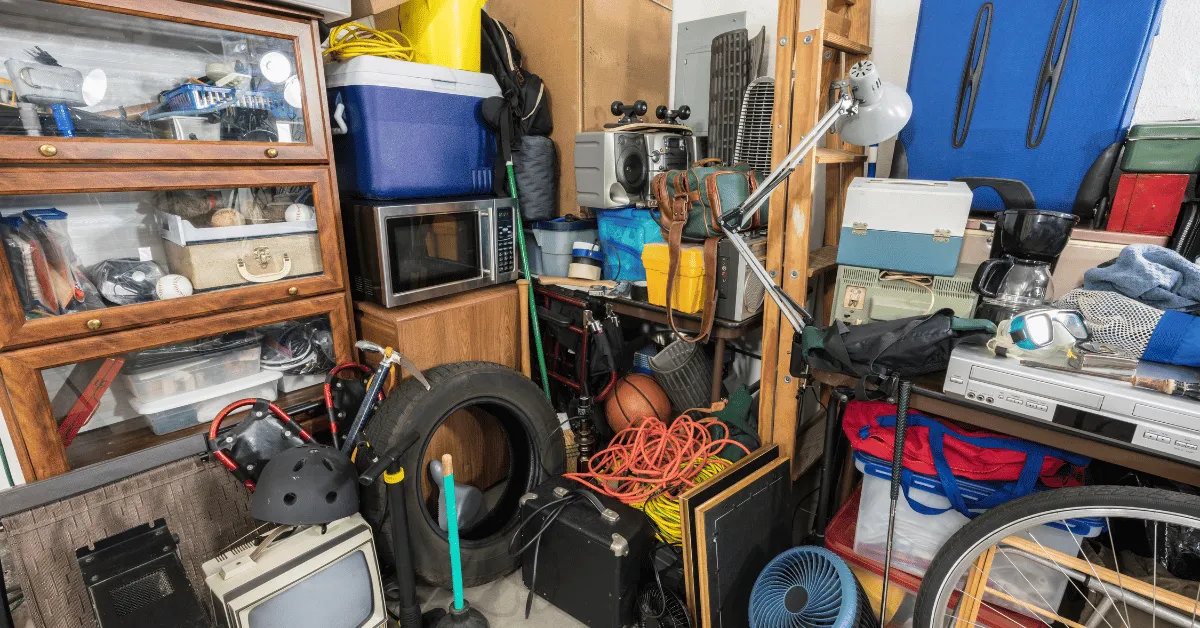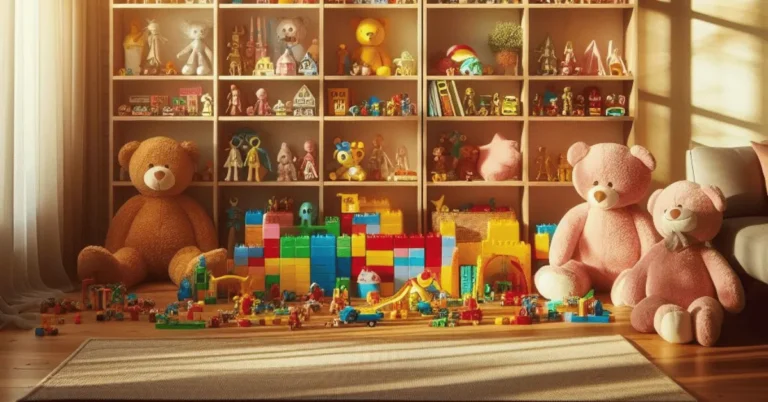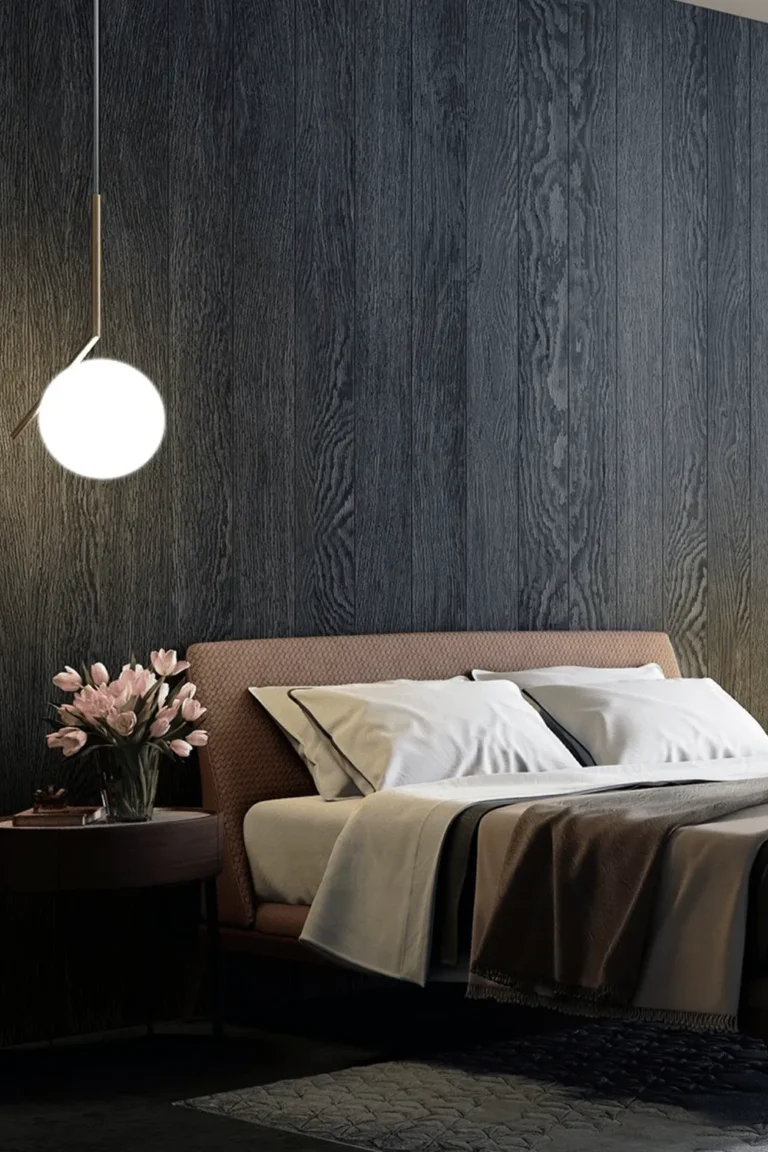How to Hide a Messy Corner in a Room?
Before devising strategies to hide a messy corner in a room, it is crucial to identify the root cause of the disorder. This initial step ensures that any solution implemented addresses the underlying issues, thereby preventing future recurrence of the mess.
Begin by taking a comprehensive inventory of the items occupying the messy corner. List each item and categorize them into groups such as frequently used, rarely used, or items that do not belong in the space.
Understanding the nature of the clutter is essential. Determine if the lack of storage solutions, inadequate organizational tools, or simply an accumulation of unnecessary items contributes to the disarray.
For instance, if the messy corner is filled with books and magazines, it may indicate a need for better storage options like shelves or bookcases.
Conversely, if the space is cluttered with random objects, it could signal the necessity for decluttering and more efficient organizational tools.
A methodical approach to evaluating the space involves a step-by-step guide:
1. Identify and List Items: Document every item in the messy corner. This helps in visualizing the extent of the clutter.
2. Categorize Items: Group items based on their usage and necessity. Categories can include daily essentials, occasional items, and unnecessary objects.
3. Analyze Storage Needs: Assess whether the current storage solutions are adequate. Identify gaps where additional storage or organizational tools might be required.
4. Evaluate the Space: Consider the physical space available in the corner. Determine if the area can be optimized with better storage solutions or if some items need to be relocated.
5. Plan for Action: Based on the assessment, decide on the best course of action. Whether it’s installing new shelves, purchasing storage bins, or simply decluttering, each step should aim to address the root cause effectively.
By meticulously assessing the messy corner, you can develop a well-informed plan tailored to hide the mess while maintaining a functional and aesthetically pleasing space.
This foundational step sets the stage for effective and lasting solutions in organizing and concealing clutter.
Stuck on what to display above your TV? Look no further for creative ideas to spruce up your space! [What to Put Above a TV?]
Creative Storage Solutions
One of the most effective ways to hide a messy corner in a room is by employing creative storage solutions that not only conceal clutter but also enhance the overall decor. Decorative baskets and storage bins are excellent options.
These containers come in a variety of materials, such as wicker, fabric, and plastic, which can seamlessly blend with different design styles.
By selecting baskets or bins that match your room’s color palette and aesthetic, you can create a cohesive look while keeping your space organized.
Shelving units provide another versatile solution for tackling messy corners. Whether you opt for built-in shelves, floating shelves, or standalone units, these additions maximize vertical space and offer ample room for storing books, decorative items, and other essentials.
For a more polished appearance, consider using storage boxes or baskets on the shelves to keep smaller items neatly contained.
Multi-functional furniture is also a game-changer when it comes to hiding messes. Ottomans with hidden compartments, for example, serve dual purposes as seating and storage.
These pieces can discreetly store blankets, toys, or other items that might otherwise contribute to a cluttered appearance.
Similarly, coffee tables with built-in storage or beds with under-bed drawers are practical choices for maintaining a tidy environment.
When selecting storage solutions, it’s crucial to choose items that complement the room’s decor.
This ensures that the storage elements do not appear out of place but rather enhance the room’s overall design.
Additionally, consider the spatial dynamics of your room. Utilizing both vertical and horizontal space can help you store more items efficiently without overcrowding the area.
Arranging and storing items in a way that is both aesthetically pleasing and easily accessible is key.
Keep frequently used items within reach and store less often used items in higher or lower spaces.
Group similar items together and use labels if necessary to maintain order. By thoughtfully integrating these creative storage solutions, you can transform a messy corner into a stylish and functional part of your room.
Short on space? Check out our tips on How to Organize Your Books Without a Bookshelf?
Using Decorative Elements to Conceal the Mess
One effective strategy for hiding a messy corner in a room is the use of decorative elements.
These elements can not only conceal clutter but also enhance the room’s aesthetics, creating a harmonious balance between functionality and style.
Among the most popular choices are curtains, room dividers, folding screens, and large plants.
Curtains offer a versatile and elegant solution. By installing a ceiling-mounted track, you can easily draw the curtains to hide any disorder. Opt for fabrics that complement your room’s color scheme and texture.
For instance, sheer curtains can add a soft, airy feel, while heavier drapes can introduce a touch of luxury.
Room dividers are another practical option. Available in various materials such as wood, metal, and fabric, they can serve as both decorative accents and functional barriers.
A wooden room divider with intricate carvings can add an artistic element, while a fabric-covered divider can introduce patterns and colors that tie the room together.
Folding screens are particularly useful for their portability and ease of use. They come in diverse designs, from traditional Japanese shoji screens to modern abstract patterns.
Folding screens can be easily moved and adjusted, offering flexibility in how you manage your space. Additionally, they can be folded flat for storage when not in use.
Large plants provide a natural and refreshing way to conceal a messy corner. Tall indoor plants like fiddle leaf figs or potted palms can effectively block the view of clutter while adding greenery to your space.
Choose plants that thrive in indoor conditions and match your decor style. For example, a sleek, minimalist room might benefit from the clean lines of a snake plant, while a bohemian-styled room could be enhanced by the lush, cascading leaves of a monstera.
When integrating these decorative elements, consider the overall theme and style of your room.
Ensure that the chosen items not only serve their purpose of hiding the mess but also contribute positively to the room’s ambiance.
By thoughtfully selecting and arranging these elements, you can achieve a room that is both visually appealing and impeccably organized.
Struggling to find a system for your shelves? Check out our guide on How to Organize Bookshelves by Genre (The BEST Way)!
Maintaining an Organized Space
Maintaining an organized space is pivotal in ensuring that a previously messy corner remains concealed and the entire room looks tidy.
Regular maintenance is crucial to prevent clutter from accumulating again and to keep the space functional and visually appealing.
Developing and adhering to a cleaning and organization routine can make a significant difference.
First, establish a daily and weekly cleaning schedule. Daily routines might include simple tasks such as putting items back in their designated places, wiping down surfaces, and doing a quick scan for any misplaced objects.
Weekly routines can involve more thorough cleaning and organizing, such as vacuuming, dusting, and rearranging items if necessary. Consistency is key in making these routines effective and manageable.
To prevent future clutter, consider implementing strategies like regular decluttering sessions. Every few months, go through the items in the room and decide what to keep, donate, or discard.
This helps to ensure that only essential and meaningful items remain, reducing the likelihood of clutter buildup.
Using labels for storage bins and shelves can also be beneficial. Labels make it easier to find items quickly and ensure that everything has a specific place, aiding in maintaining organization.
Creating designated spaces for different items is another effective strategy. For example, allocate specific areas for books, office supplies, and personal items.
This not only helps in keeping the room organized but also makes it easier to maintain over time. When each item has a designated spot, it reduces the chances of random clutter accumulating in corners or on surfaces.
Looking for creative storage solutions? How to Cover Shelves With Fabric? (Easy Steps) offers a stylish way to hide clutter while adding a personal touch!
Conclusion – How to Hide a Messy Corner in a Room?
Involving family members or roommates in the process of maintaining an organized space can significantly contribute to long-term success.
Establishing shared responsibilities and clear expectations ensures that everyone is on the same page.
Encourage a sense of ownership and accountability among those sharing the space, making it a collective effort to keep the room tidy and organized.






